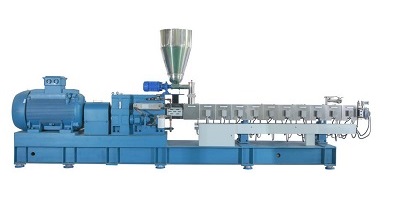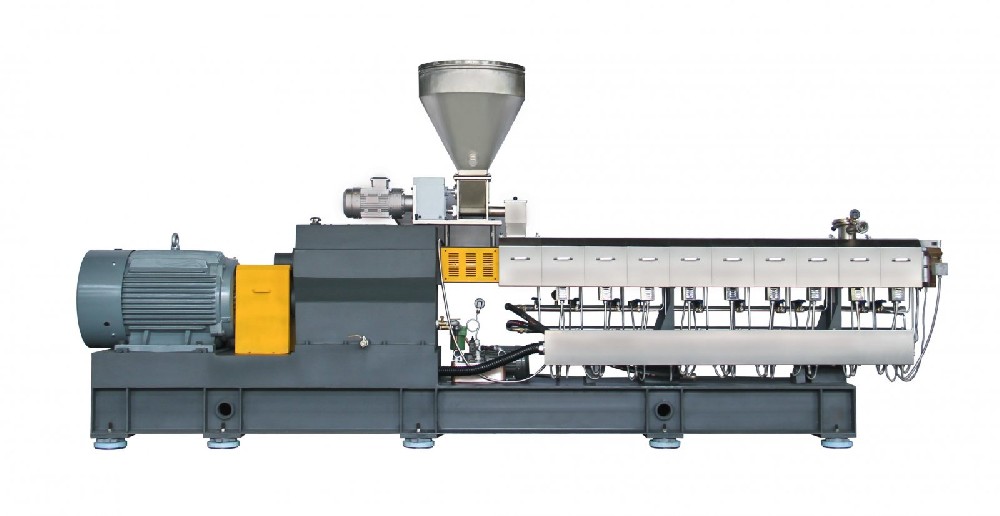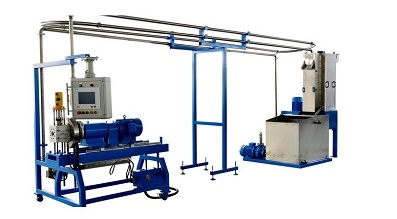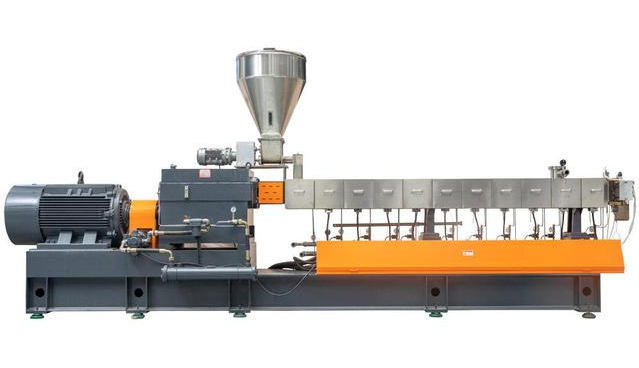Reasons for defective injection molding parts with small size:
1、 Most materials have the characteristics of heat expansion and cold shrinkage, and so do resins. So the formed products begin to shrink after being formed and cool until they are equal to the normal temperature. However, the problem is that if the final shrinkage is too large, the size of the formed products becomes too small, resulting in a small size defect;
One of the reasons is that when determining the initial mold size, the basic shrinkage rate of various resins was taken into account and its numerical value was calculated as a reference. However, even if the shrinkage rate was taken into account, the size of the formed part that contracted during the actual process was smaller than the specification size. Therefore, it is necessary to revise the mold in case of the above conditions.
2、 Secondly, it is related to the environment when the material is formed, including the dry state of the material, the mixing rate of the recycled material, and the forming conditions, but the most important is the forming conditions, because the mold temperature and injection pressure can increase the shrinkage, so it is necessary to pay attention to them;
In general, if the injection pressure is increased, the size of the molded part will become larger, and if the mold temperature is increased, the size will tend to become smaller. These are easy to understand: the size of the molded part is proportional to the injection pressure and injection time; It is inversely proportional to the mold temperature.
3、 In the phenomenon that often occurs in long-term batch production, the waste gas generated from the material during injection is accumulated in the mold, so the filling of the material becomes poor and the size is too small. In the content related to waste gas, the key problem is that there is no lack of precision plastic for injection molding, because lack is an important problem, so we need to consider it in detail in the future.
Countermeasures during forming:
1. Increase injection pressure
2. Reduce mold temperature
3. Extended injection and cooling time
4. Confirm whether the type of forming machine is suitable for the mold.
5. Countermeasures for moulds
6. The bad parts are reprocessed in the case of new molds
In batch production, this kind of situation occurs due to the wear of the mold or the exhaust gas blockage. First, clean all the molds and then form again after the exhaust gas is cleaned, and it must be confirmed.
 ch
ch English
English





